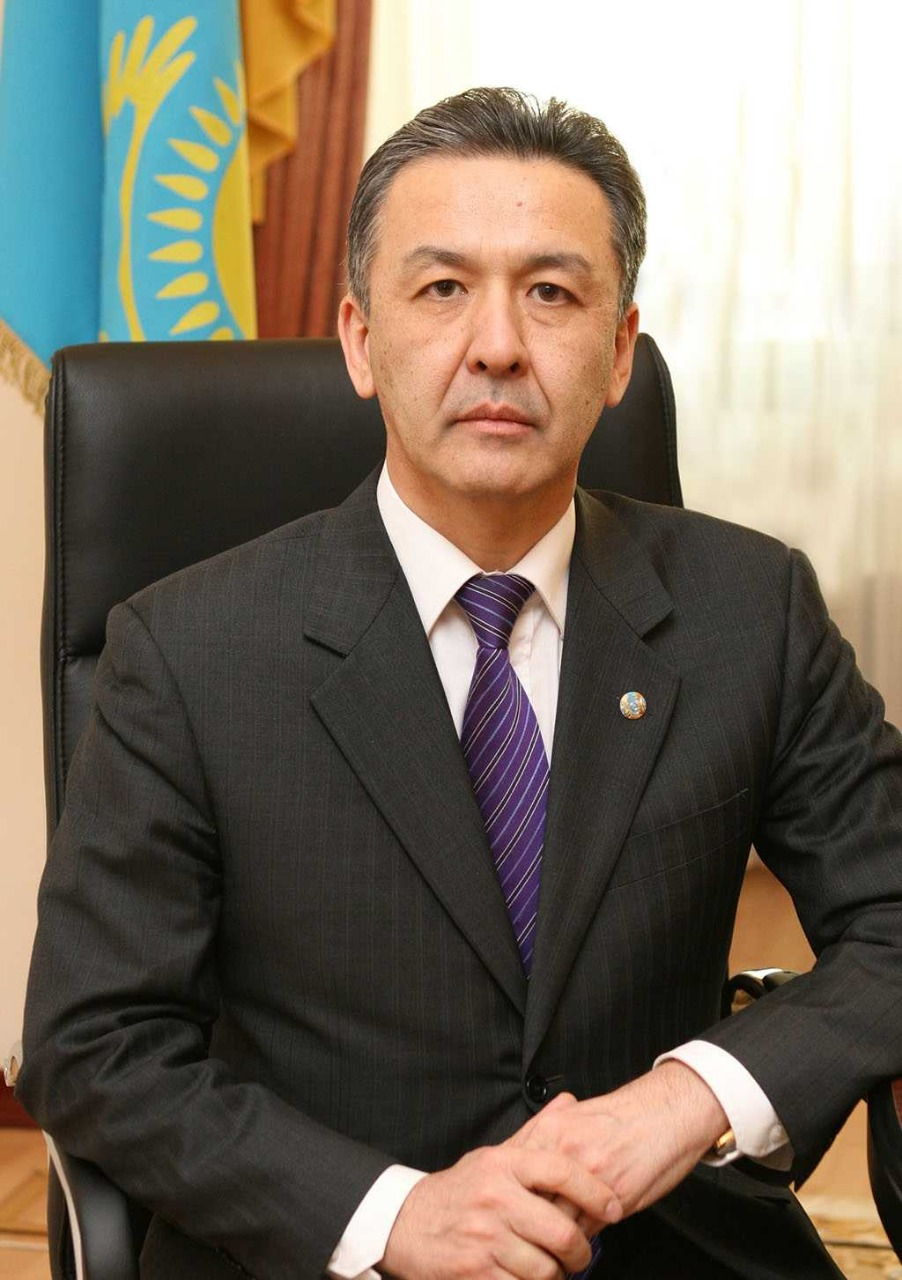KSIU STUDENTS VISITED THE KARLAG MUSEUM
[pubdate: 30.04.2019, 09:19:04, published by: Баспасөз-орталығы]
The purpose of the trip to the museum was to expand students’ knowledge of history, to keep in memory its most tragic moments. The visit of Karlag has become a tradition of our university.
The story of Karlag is inscribed in the bloody history of the peoples who had deported to far Kazakhstan as a result of political repression. Political repression is a rather cruel and bloody period in the history of the Soviet Union. The victims of political repression in the USSR are millions of people convicted and sentenced to imprisonment or execution.
Karlag (Karaganda Labor Camp), one of the largest Soviet labor camps in the years 1930-1959, was located in the Karaganda region and was part of the GULAG system of the NKVD USSR.
Among the prisoners of this camp were such famous people as Arkady Belinkov, Anatoly Marchenko, Maria Kapnist, Natalya Stolyarov, Anna Timireva, Alexander Chizhevsky, Uar (Petr Shmarin), German (Weinberg), David Vygodsky, Afanasy Selischev, Vladimir Mikhailov. The total area of Karlag is comparable in area to that of France. During the years of Karlag’s existence, the death toll was not kept, and personal affairs were destroyed after death. So the man disappeared forever.
In Karlag, the children of the “enemies of the people” served time. Many of them did not survive because of the harsh conditions of detention. Undressed children slept on bare-reed mats. For pregnant women, there was no postponement of the sentence. As of January 1, 1938, among the arrivals of 2103 wives in Karlag were 655 pregnant and lactating mothers. In 1941, 108 pregnant women arrived. In 1939 there were 451 youngsters in the camp, 114 children died in one year. In the years 1940-1941, 1048 children were born in Karlag, and in the years 1950-1952 – 1713 children. 576 children are accommodated in 5 infant houses.
In 1959, Karlag was liquidated – reorganized into the administration of the places of detention of the Ministry of Internal Affairs of the Karaganda region.
During their visit to Karlag, students could see with their own eyes the cells where political prisoners were sitting, interrogation cells, punishment cells, torture chambers, a room for execution, valuable documents of the time, as well as historical places.
Excursions into the history of their country play a special role in shaping the feeling of patriotism, instilling tolerance and irreconcilability towards injustice among the younger generation.
Press service of KSIU
 For the period of 50 years Karaganda State Industrial University, founded in 1963, has become one of the leading hig...
For the period of 50 years Karaganda State Industrial University, founded in 1963, has become one of the leading hig...















































